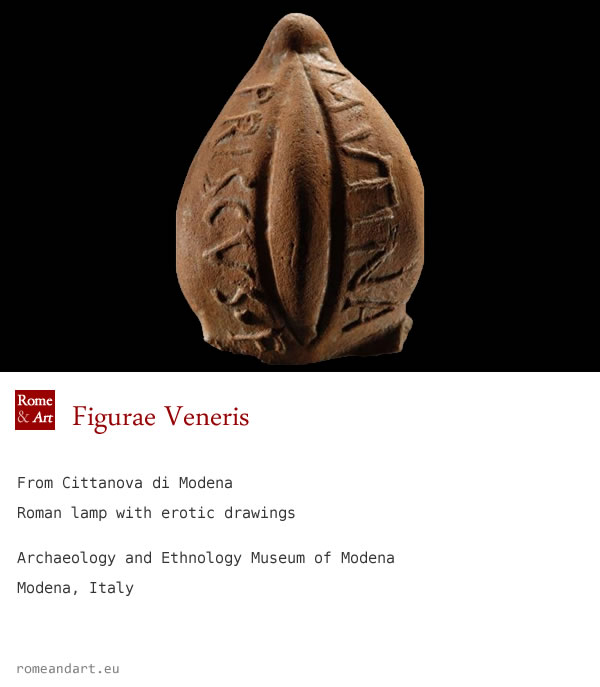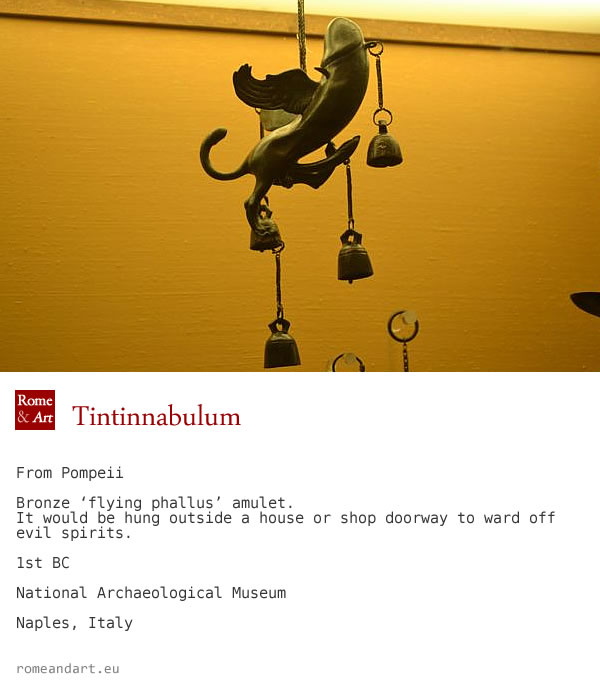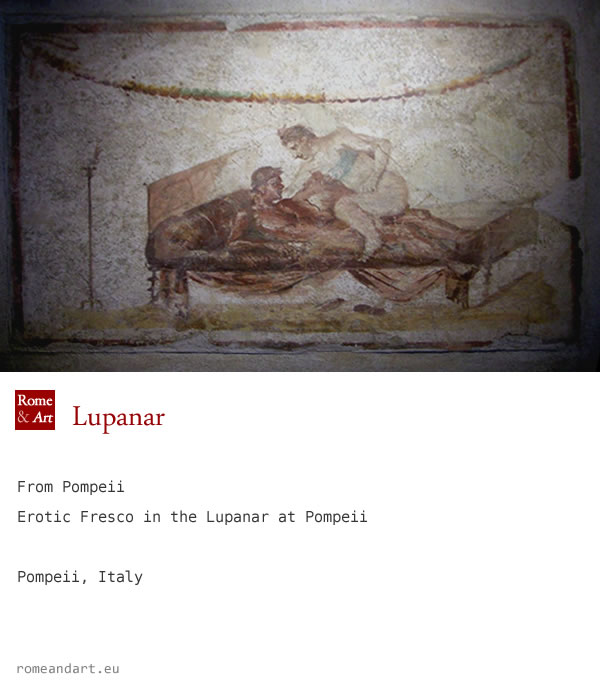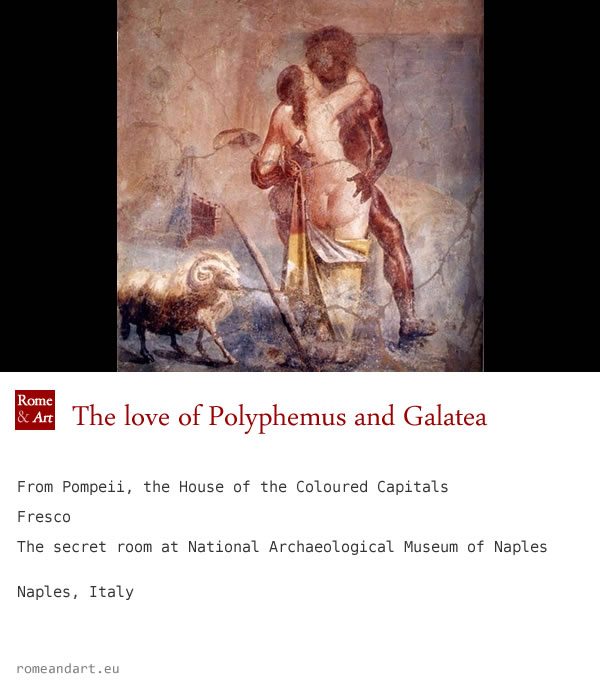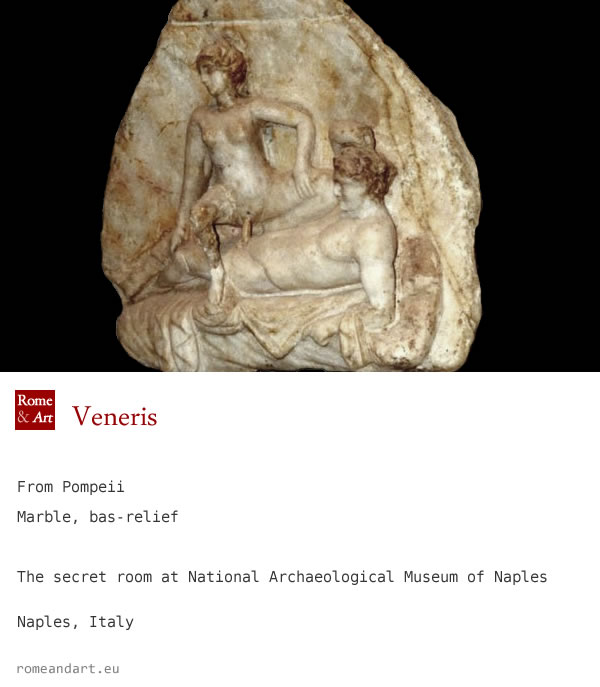Figurae Veneris
In his work Ars Amatoria
Ovid tells about loving positions by calling them mille modi Veneris; in the intentions, the poet wants to explain how love should be governed by providing recipes
which are nothing more than techniques for procuring pleasure; in these we can define lessons of love technique, Ovid will surely have been inspired by figurae Veneris.
His contemporaries were scandalized by the content of the work, but not because he sketched heterogeneous sexual practices in verse, but because he first placed the couple as the subject, therefore no longer only the man but also the woman because Ovid was convinced that the pleasure was complete when it was attended by both lovers. In the real life of Imperial Rome many matrons certainly claimed and obtained their participation in the sexual act for the purpose of their pleasure, but it was different that an important poet like Ovid declaimed this their right in the auditoria and in the banquets.
In the privacy of the domus, pleasure and sexual practices were instead part of daily life, just think of the frescoes in the houses of Pompeii that tell how their inhabitants drew inspiration from the representation of erotic positions, but even more how they lived as naturally what was connected with the sexual act which became a decorative element even of simple objects, from vases to lamps, even if the representation of male and female attributes had a symbolic meaning linked above all to fertility.
In Greece there had already been an attempt at poetic elevation in describing erotic scenes depicted in obscenae tabellae by two poetesses, Philainis and Elephantis. Philenides, or Philainis, had written a real erotic treatise where the figurae
or positions of love, were described directly and to be even clearer they were accompanied by illustrations. The erotic poems of Elephantis accompanied by illustrations were widespread in Imperial Rome; Suetonius (Life of Tiberius, lib. 43) says that Tiberius in the villa of Capri also did
… librisque Elephantidis instruxit, ne cui in opera edenda exemplar imperatae schemae deesset.
... the books of Elephantis, so that no one in the embrace was missing the pose model that he ordered to take.
Keeping Elephantis' molles libellis in the bedrooms was however a widespread habit in early imperial Rome if Ovid in the Tristia wrote:
Scilicet in domibus nostris ut prisca virorum
Artificis fulgent corpora picta manu
Sic, quae concubitus varios Venerisque figuras
Exprimat, ex aliquo parva tabella loco.
As it is true that in our homes images of the ancient heroes
painted by the hand of an artist shine
thus, the representation of various poses and love scenes;
is located on a small table in some corner.
Starting from the 1st century B.C. in the Roman aristocracy, like the Greek aristocracy, once the civil
problem of procreating to have heirs was solved, when sexuality was not considered a religious practice, it was lived as an artistic expression following subjective sensitivity. The love for Hellenistic culture also does not neglect the interest in erotic art, as an art for producing pleasure, as high as possible and for as long as possible. The ways that lead to pleasure pass through knowledge that must be available and this is the reason why molles libellis spread; these writings then had the strange peculiarity of having only women as authors ...
Sign up and read the rest of the article!
by M.L. ©ALL RIGHTS RESERVED (Ed 1.0 - 05/03/2020)







